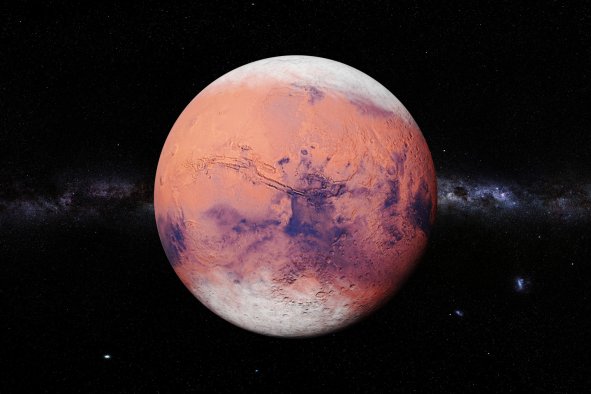There is a 60 percent chance of a weak La Niña weather event developing this autumn, potentially lasting until March, according to the National Oceanic and Atmospheric Administration's (NOAA) Climate Prediction Center.
This natural climate phenomenon can have significant impacts on weather patterns across the United States and beyond. Here's what you need to know about La Niña and its potential effects.
What is La Niña?
La Niña is part of a naturally occurring global climate pattern known as the El Niño-Southern Oscillation (ENSO). It represents the cool phase of this cycle, characterized by cooler-than-average ocean temperatures in the eastern Pacific.
During La Niña, the sea surface temperatures in the central and eastern Pacific Ocean become significantly cooler than average.
This cooling is due to stronger-than-normal winds that push warm surface waters westward, allowing deeper, colder water to rise to the surface near the coast of South America.
"During an El Niño, what happens is you get anomalous warm water over the eastern Pacific and and sometimes the central Pacific as well," Kieran Hunt, a NERC Independent Research Fellow in Tropical Meteorology and AI at the University of Reading, UK, told Newsweek.
"During La Niña, essentially the reverse happens and you get a lot of cold water around the Peru coastline. This extends out into much of the central eastern Pacific."
Potential Impacts of La Niña on US Weather
La Niña can significantly influence weather patterns across the United States, with effects varying by region and season.
The southern U.S. typically experiences warmer and drier conditions, particularly along the Mexican border and into Florida.
In contrast, the northern U.S. and southern Canada may see wetter than average conditions, especially in the Northeast and Ohio Valley.
The central and southern U.S. could face more frequent cold outbreaks due to changes in the jet stream position.
Combining wet and cold conditions may mean more snowfall, particularly in New England, New York and the Great Lakes.
"I think that's safe to say you might get more snow in the winter in areas of the U.S. There's quite a bit of evidence that points to that," Hunt said.
La Niña conditions also favor the formation of Atlantic hurricanes while producing fewer storms in the Pacific basin.
One benefit of La Niña is that the colder waters in the Pacific contain more nutrients than usual, supporting more marine life like squid and salmon off the California coast.
Global Effects of La Niña
La Niña's impact extends beyond the United States. In South America, eastern Argentina may experience drier than average conditions, while Colombia, Venezuela, and northern Brazil could see increased rainfall.
Southeast Asian countries like Indonesia and Thailand often experience a wetter than usual winter during La Niña events.
Predicting La Niña
While the timing of La Niña events is relatively predictable (typically peaking around December to February), forecasting their strength can be challenging.
Hunt added: "The difficulty is the magnitude. How big are those anomalies in sea surface temperature that we use to define whether it's going to be an El Niño or La Niña?"
Multiple institutes worldwide monitor ENSO conditions, each with slightly different definitions and prediction models. This can lead to varying forecasts, though current models are leaning towards cooler Pacific temperatures indicative of La Niña conditions.
El Niño and La Niña events occur every two to seven years, on average, but not on a regular schedule, according to the NOAA.
Do you have a tip on a science story that Newsweek should be covering? Do you have a question about La Niña? Let us know via science@newsweek.com.
Disclaimer: The copyright of this article belongs to the original author. Reposting this article is solely for the purpose of information dissemination and does not constitute any investment advice. If there is any infringement, please contact us immediately. We will make corrections or deletions as necessary. Thank you.



